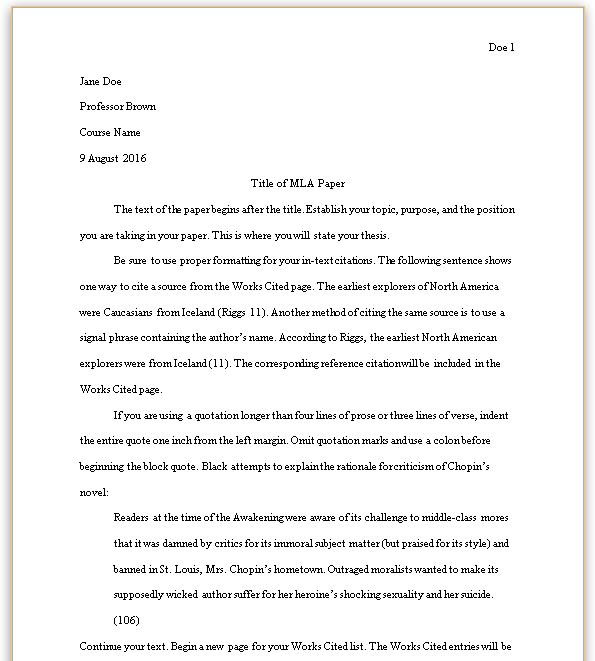Understanding ABA Reversal Design and Multielement Design
Applied Behavior Analysis (ABA) employs various experimental designs to evaluate the effectiveness of interventions aimed at modifying behavior. Two widely used designs are the ABA reversal design and the multielement design. Below, we explore these designs in detail with specific examples.
ABA Reversal Design
The ABA reversal design is a single-subject experimental approach used to evaluate the impact of an intervention by observing changes in behavior across baseline and treatment phases. This design typically consists of three phases:
Phases of ABA Reversal Design
- Baseline Phase (A): This phase records the natural occurrence of the target behavior without any intervention. It establishes a baseline to compare the effect of the treatment.
- Treatment Phase (B): The intervention is introduced, and changes in the target behavior are measured to determine its effectiveness.
- Return to Baseline (A): The intervention is withdrawn to observe whether the behavior reverts to its original levels. This phase helps confirm the intervention’s causal effect.
Example of ABA Reversal Design
Target Behavior: Reducing tantrum behavior in a classroom setting.
- Baseline (A): A child’s tantrum behavior is observed and recorded during math lessons. The teacher does not intervene, and data show frequent tantrums.
- Treatment (B): A reinforcement system is introduced where the child earns tokens for sitting quietly and engaging with the lesson. Tokens are exchanged for a preferred activity.
- Return to Baseline (A): The token system is removed, and the teacher observes whether tantrum behavior returns to baseline levels. If tantrums increase again, it suggests that the token system was effective.
This design is valuable for demonstrating the direct relationship between the intervention and the behavior change.
Multielement Design
The multielement design is an efficient approach used to compare the effectiveness of two or more interventions in a short period. Conditions are alternated rapidly, allowing for simultaneous assessment without requiring a prolonged baseline phase.
Key Features of Multielement Design
- Alternates between different interventions or conditions quickly.
- Provides clear comparisons between interventions by measuring their immediate effects on behavior.
- Minimizes the influence of external variables by balancing the order of conditions.
Example of Multielement Design
Target Behavior: Improving reading comprehension in a struggling student.
- Condition 1 (Intervention A): The teacher uses flashcards for vocabulary review. Comprehension scores are recorded after each session.
- Condition 2 (Intervention B): The teacher implements a guided reading strategy where they read together with the student and ask comprehension questions.
- Data Collection: Sessions alternate between the two interventions daily. After a week, the teacher compares comprehension scores under each condition.
By alternating conditions, the teacher identifies which intervention leads to better outcomes for the student, allowing for evidence-based decisions on instructional strategies.
Conclusion
Both the ABA reversal design and the multielement design are valuable tools in behavior analysis. The ABA reversal design establishes a clear cause-and-effect relationship between an intervention and behavior change by comparing baseline, treatment, and post-treatment phases. The multielement design, on the other hand, allows for rapid comparisons between multiple interventions, making it a practical choice for identifying effective strategies. Choosing the appropriate design depends on the specific goals and context of the behavior analysis. These methodologies empower practitioners to implement evidence-based interventions that lead to meaningful behavioral improvements.


